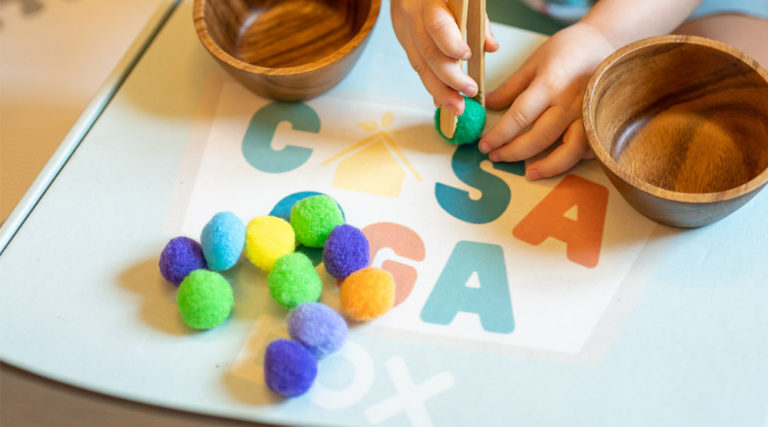Moms and Dads
Preschool Online Learning – A Year After
A parent and preschool owner shares her experience
A year ago, schools were wrapping up the academic year 2019-2020. Much like any other time, parents, students, and teachers alike had their hands full of activities as the end of the school year drew near. There was much to do.
Educators, in particular, were in a frenzy as they prepared the final touches to exams and other academic activities that preceded, such as deliberation of grades, moving up, culminating programs, and graduation. Little did everyone know that we were days away from lockdown, unable to do the mundane things that we quickly took for granted. From commuting to school and work, making that quick pit stop to the grocery or restaurant to get a bite to eat, and the freedom to go and do whatever we pleased, so long as it was within reason.
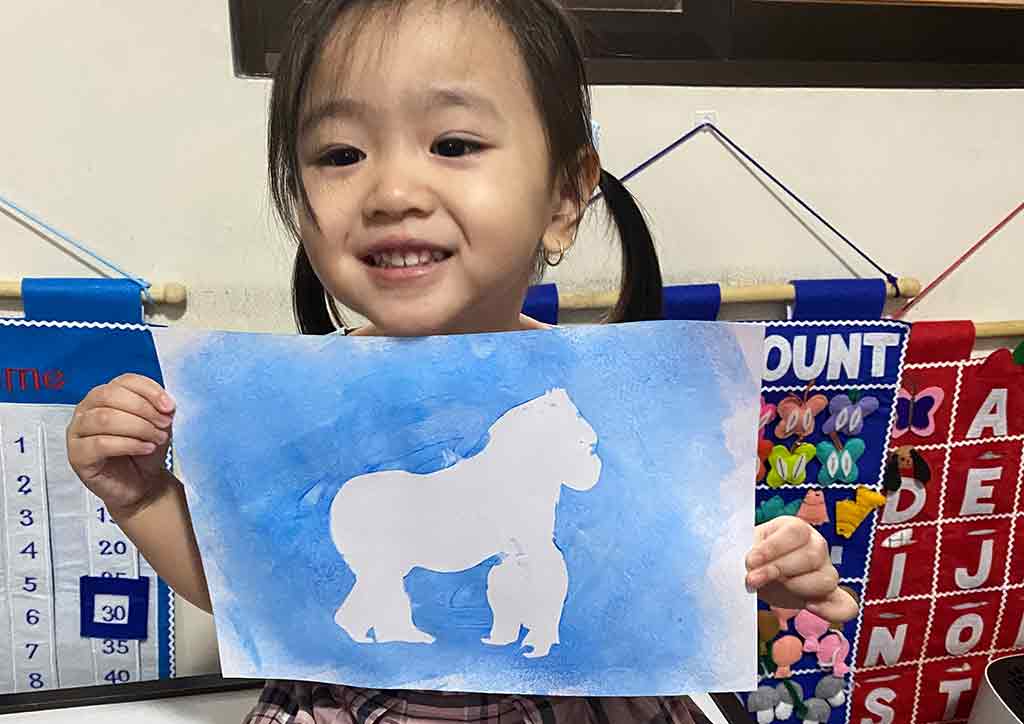
Dealing with the unexpected
In a flick of a finger, the pandemic raged. We were subjected to the confines of our home, stifling the ability to move and think straight.
As classes were suspended and later canceled altogether, parents, students, and teachers alike were at a loss on how to properly end the academic school year. With the entire Metro Manila on total lockdown, how would we, as educators, fulfill our responsibility to our students?
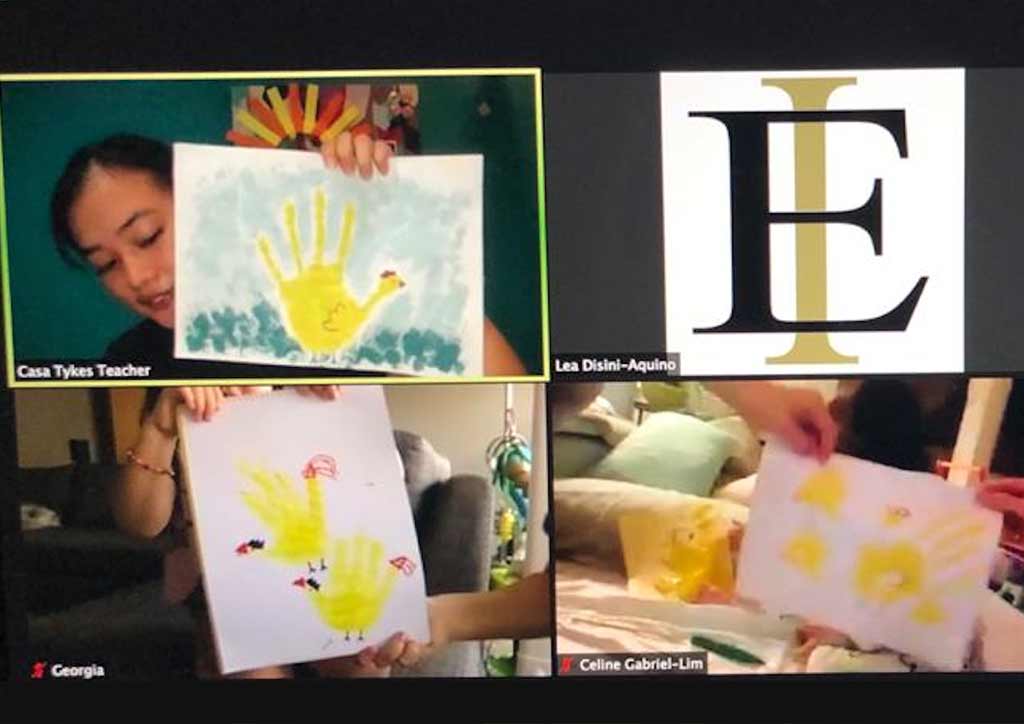
On the flip side, how are we, as responsible parents, allow our children’s learning to proceed without missing a beat while keeping them from harm’s way? As much as we were apprehensive about the idea, some schools decided to call off exams, moving up, and graduation day. In contrast, others postponed the date at a later time. In the end, classes, academic programs, and special events were conducted remotely, essentially done in our homes’ safety, mainly online.
How online learning changed everything
And so, the age of online learning began. As a parent and preschool owner, I can say that the days and months following the Metro Manila lockdown were some of my most harrowing days of 2020. The overall situation looked grim. There were too many unanswered questions, and we didn’t have the time to be idle. Teaching grade schoolers and high schoolers online is one thing, but teaching toddlers and preschoolers online is an entirely different ball game.
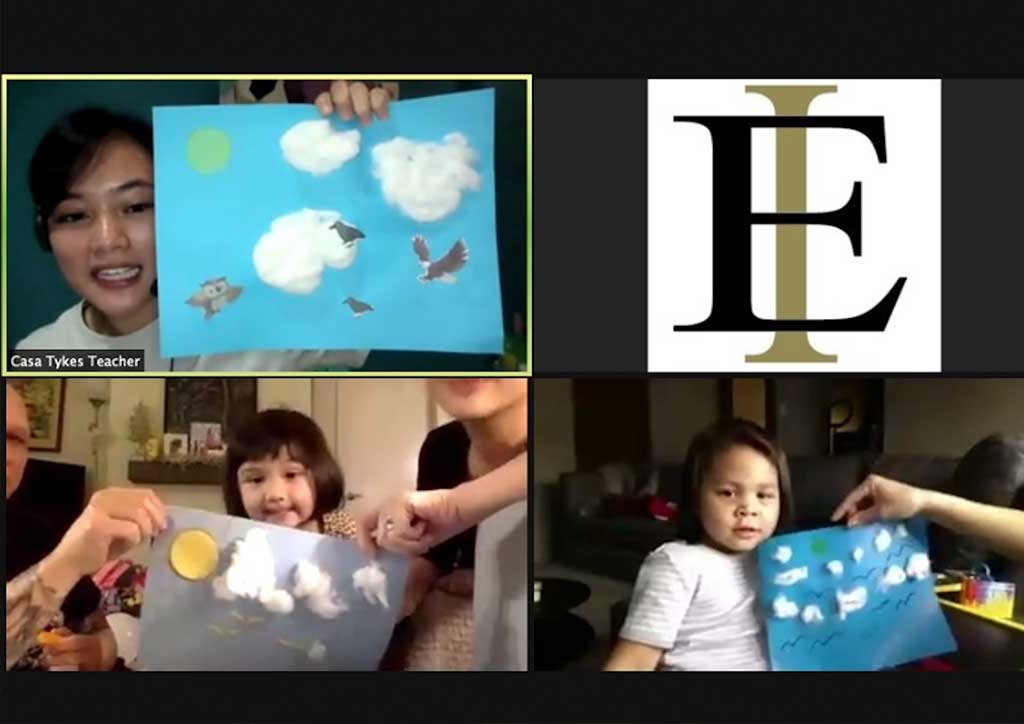
As educators, we had to think and work fast, not just to sustain the preschool and our programs but to also keep our parents and students satisfied. Long hours of zoom meetings and the continuous coming together of minds evaluating the next best thing were physically and mentally exhausting. My partners and I persevered, but every decision was touch and go.
First things first, changes had to be made. Management and teachers alike had the painstaking task of reinventing how we taught our curriculum to suit online learning. We tweaked and re-tweaked our programs and learned what worked and what didn’t. We experienced birth pains, both teachers and students alike. Needless to say that we were all struggling in this new medium of teaching.
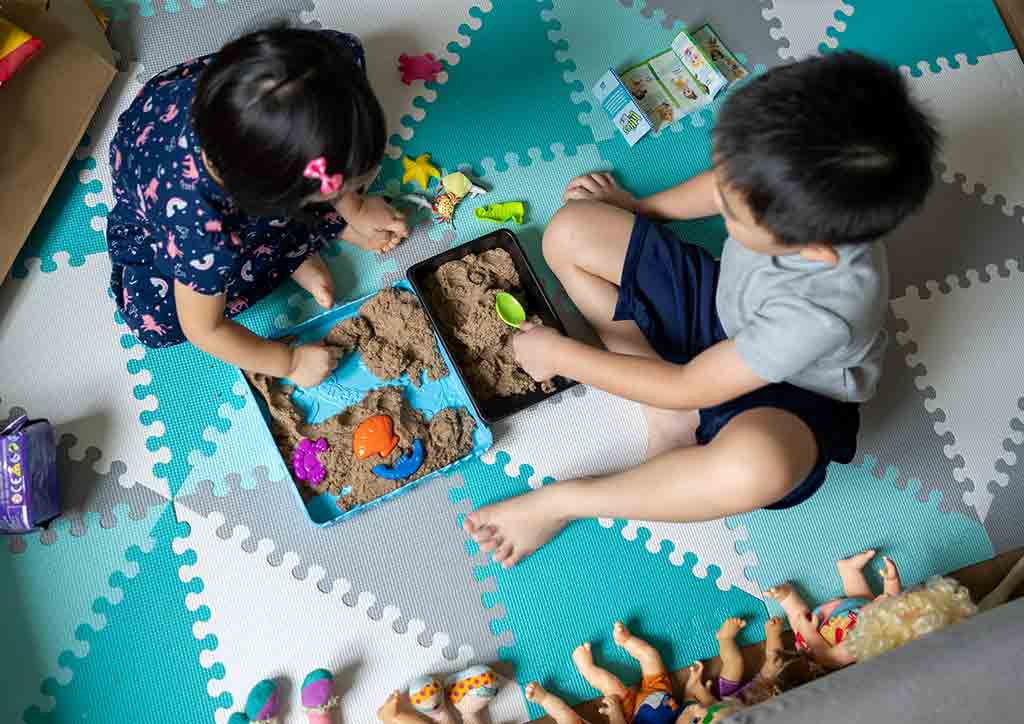
The first of the many changes we had to make was to condense the time we taught the class. Our regular physical preschool class would last for two to two and a half hours. However, with the onset of online learning, we had to cut the time to more than half. We had to reduce the duration of our preschool class to an hour. We noticed students becoming anxious, sometimes lethargic, when they logged on to the gadget for too long a time.
This also meant reducing the frequency of our class as well. Instead of having daily classes, we held twice or thrice a week online courses depending on the child’s age and level. We did this mainly for two reasons: to regulate screen time and properly differentiate gadget use from school time to leisure and entertainment. Offline days were dedicated to worksheets and other creative sources of learning. Teachers would send weekly email correspondence to the parents.
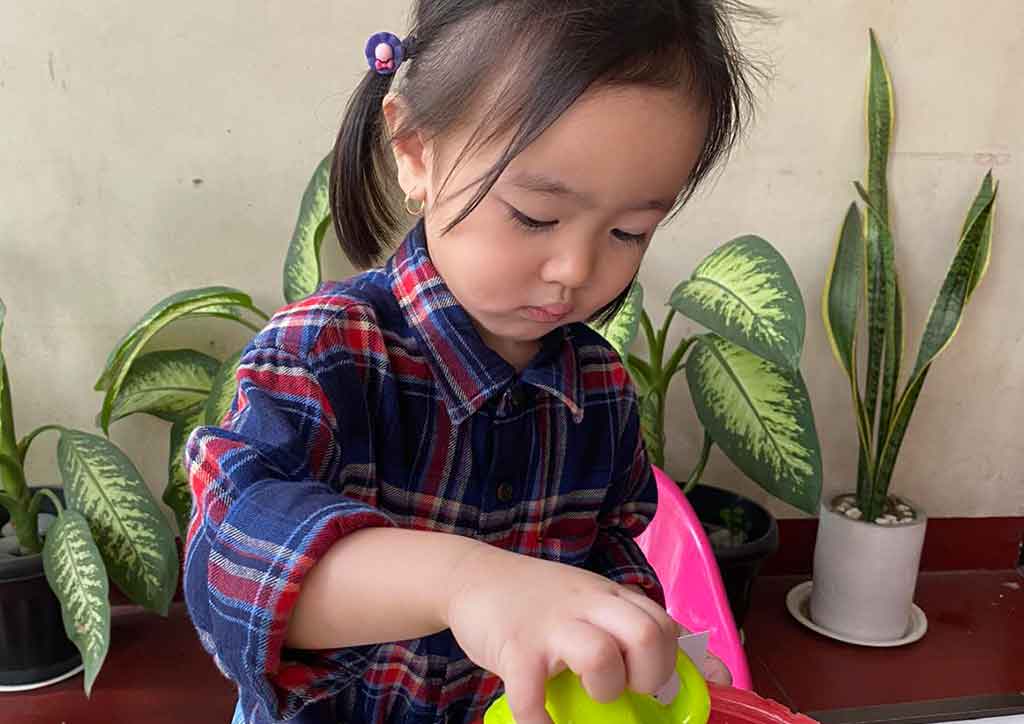
Next, we had to reduce the student and teacher ratio. Physical classes entailed a leading teacher and co-teacher coupled with a paraprofessional to help out with a classroom of eight to ten students, sometimes even more. For our online courses, we decided on the primary teacher and a co-teacher to take over a class of five students at one time. These and other alterations were made as we went on with our distance learning and took everything one day at a time.
Making it work
As the weeks progressed, teachers and students alike settled on a system that worked best for everyone. A pattern was established, maintained, and soon enough, we all got into the groove of things. Through constant routine and repetition, children found a new way of learning and looked forward to seeing their friends online.
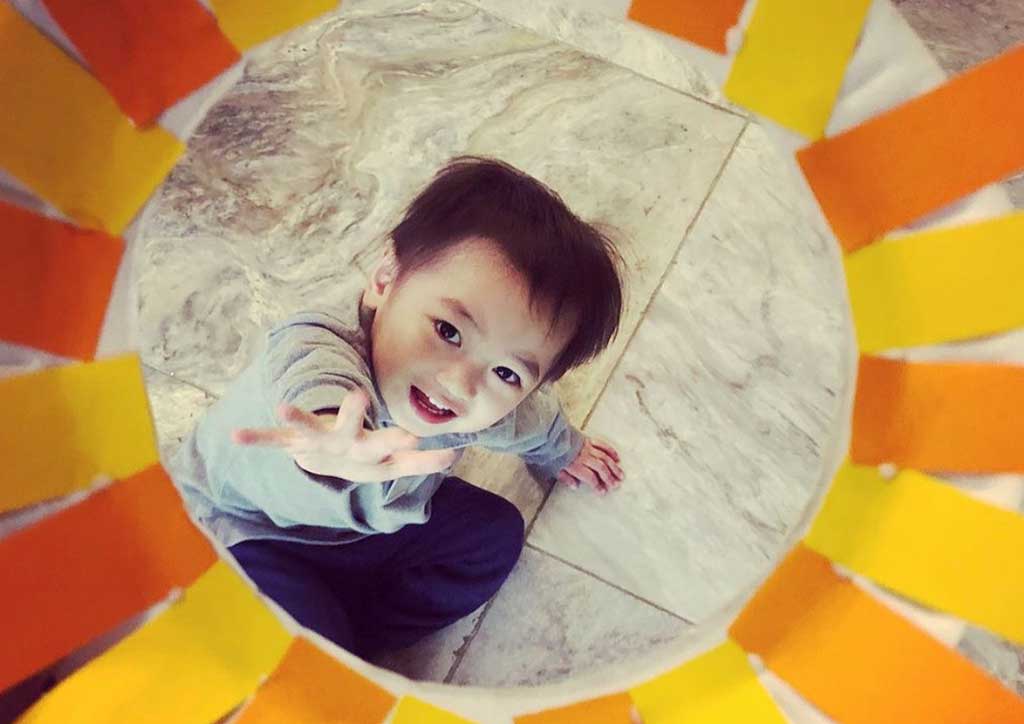
With a smaller class, we could see how each of our pupils uniquely progressed. Teaching became more personal. We were able to cater to the specific needs of each of our students. If there was a need for a child to enhance a particular skill, our teachers would send out helpful activities. Coupled with the constant and open communication with our parents, we created an environment where personalized progressive preschool education could thrive online.
Educators cum mothers such myself had our work cut out for us. Mornings and afternoons were dedicated to school activities. In contrast, early evenings were dedicated to nurturing our own children, making our weekdays even longer than usual. The downside was always the added work that men and women held as parents apart from having a professional day job. However, the upside was the presence. Parents, in general, were at home, (almost always) ready to be of any assistance to their children. Cabin fever was raging, but I sincerely believe that there are families out there that were made closer and more robust with online learning.
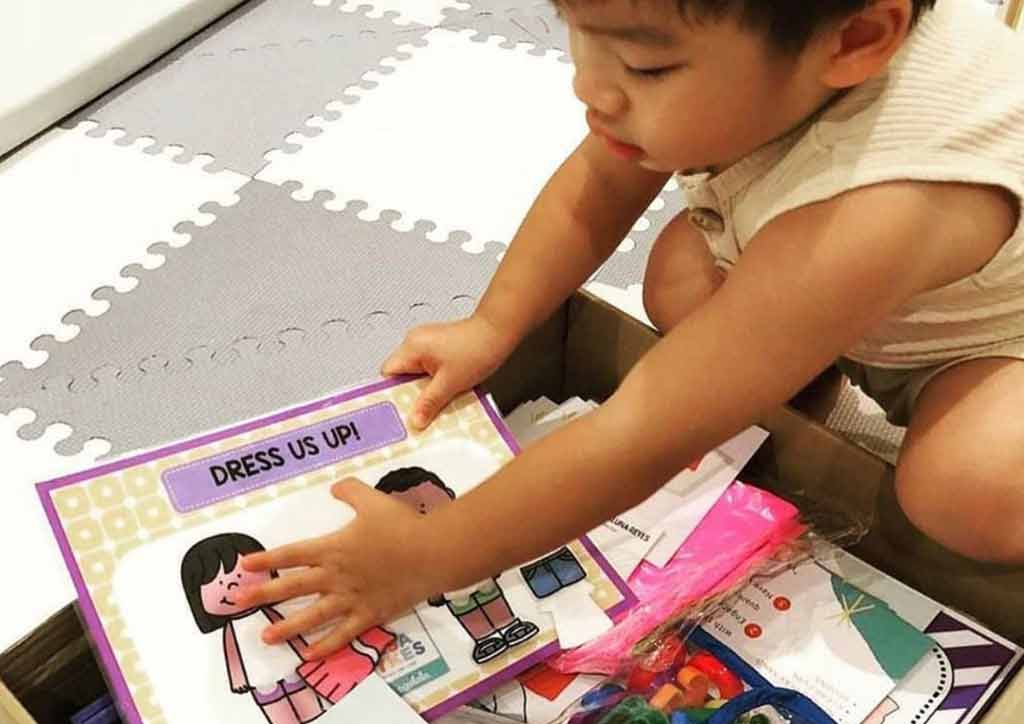
In the months of continuous online teaching, my partners and I came to realize a myriad of things. The most significant being that distance learning is possible through perseverance, passion, and hard work, despite the many challenges. We found that teachers were not confined to cater to their students’ needs as educators alone; they offered something more significant to parents.
We as educators found ourselves to be more than just teachers; we were partners in helping to rear our students to be the best that they can be in these uncertain times. And as we draw in our pandemic, not to mention the toughest preschool academic year to a close, I can safely say that we not only survived, but we thrived in this new normal of learning, ready to take on future obstacles that life may bring.
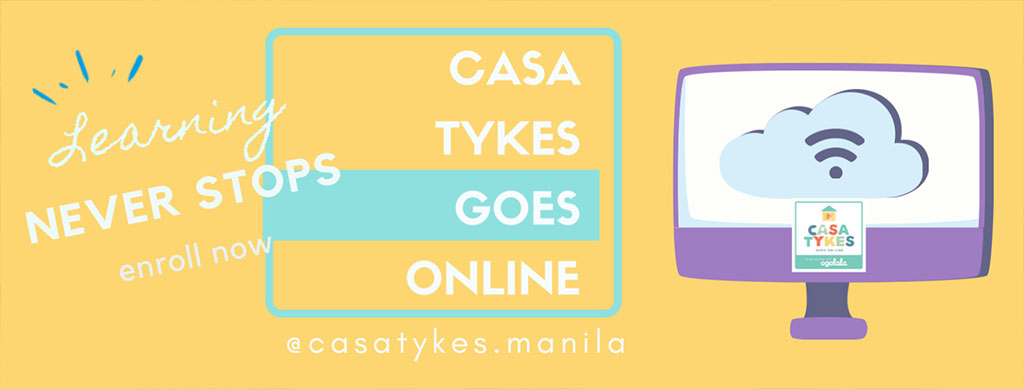
Casa Tykes is a program under the Hills Learning Zone and the Greenmeadows Learning Center. Our courses range from infant to preschool programs with tutorial and academic enrichment programs until high school. We have the Casa Tykes Baby and Me – Children 18 – 24 months, Casa Tykes Manila – Children 24 – 36 months, Infant Casa OgaBox – Children 0 – 12 months, Toddler Casa OgaBox – Children 24 – 36 months, Preschool Casa OgaBox – Children 48 months onwards, Casa OgaBox + 2 Live Assisted Play Classes, Casa OgaBox + 2 Live Assisted Play Classes + Video tutorials. You can check our social media accounts: Casa Tykes Manila on Facebook and @casatykes.manila on Instagram. For more information, please contact us at +63 9270624282 or email us at [email protected].
Related articles
Crossing Boundaries: The Challenges Of Online Learning
Is Online Preschool Worth It?
